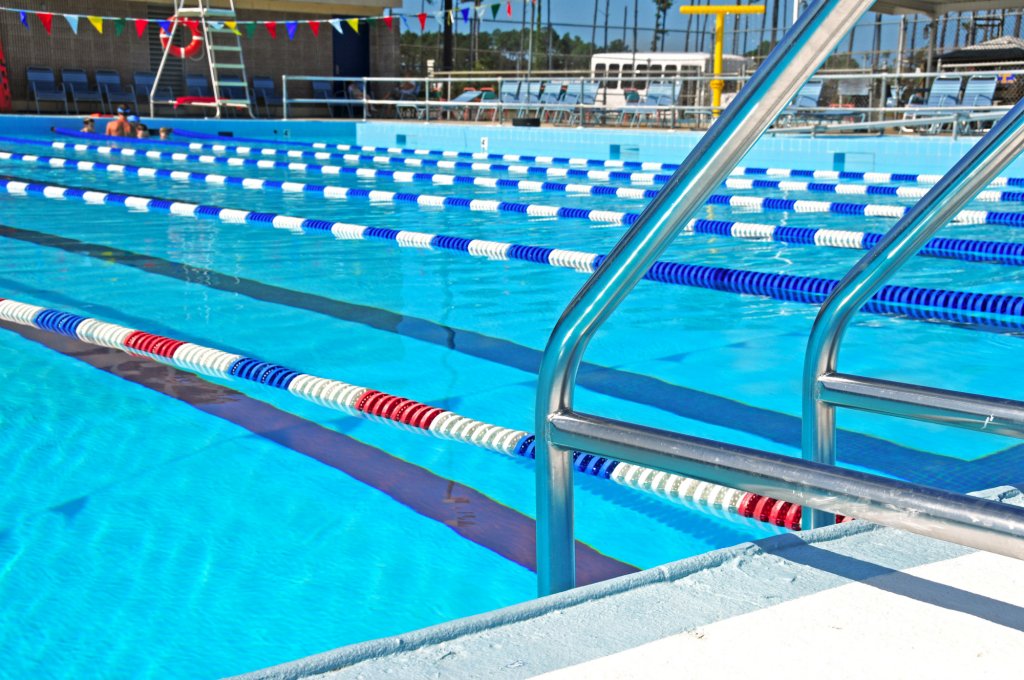As aquatics operators wait to see when centers and waterparks can open again, some experts worry that the pools will be inadequately maintained.
Some facilities are leaving the pools untended without taking proper care, said Kevin Post, principal and studio director with St. Louis-based aquatics firm Counsilman-Hunsaker.
“What we don’t want to see happening is ‘mothballing,’ where you walk away from it and leave it the way it is,” he said. “It should be winterized or maintained.”
For those pools that opened before the current crisis, it may seem drastic to winterize them again. This could delay the pool’s availability once facilities are given the green light, as staff scrambles to re-open. But the alternative is to maintain the water at the minimum sanitizer levels allowed by code, and to take certain measures with the equipment.
Check codes for minimum chlorine levels, and monitor the pool to ensure they remain at these levels. “But there’s a cost associated with that,” Post said. “You’d need a CPO to go out at least once a day to check on the systems. So other people are looking at winterizing and shutting down completely.”
Those who consider draining the pool should think it through, said Mick Nelson, a partner in Total Aquatic Programming, a consulting and training company based in Colorado Springs, Colo.
“Draining the pool and truly shutting it down for any period of time is a relatively expensive proposition,” he said. “I’ve got the cost of the sewer charge just for dumping that amount of water into the sanitary system. Then I’ve got to make sure all the surfaces are clean and ready to go when it is time to refill. When I refill, I have the cost of chemicals and reheating.”
For a typical high-school-sized pool, that could add up to $5,000 to $6,000, he estimated.
Additionally, this measure isn’t as safe as either winterizing or maintaining sanitizer levels, Post said. “If you just drain a pool, there’s still a lot of water in the pipes, and that stagnant water is just going to house disease and bacteria. So I want to avoid that.”
If the pool will remain full without getting winterized, operators should make sure the sanitizer stays within levels permitted by code. While some codes may allow 1 part per million, Nelson prefers at least 1.8 ppm.
Operators also should aim for the optimal pH level of 7.4, if possible, but definitely within the range of 7.2 to 7.8.
Consult local codes to find out the minimum allowable turnover times. With variable-speed drives, this often can allow operators to throttle down by half, Post said.
To reduce electrical usage, Nelson suggested placing some type of cover over the water, even if it’s simple plastic sheeting. “We don’t want the pool to get so cold it will take three to four days to heat back up,” he said. “We should set it down to 78 degrees, cover the pool, then the heater will run about half as much, and it’s going to be cheaper on chemicals because it reduces evaporation.”
He estimates that facilities can cut utilities by 30-40%.
Then, for safety’s sake, make sure that access to the pool is blocked off to anybody besides staff.
